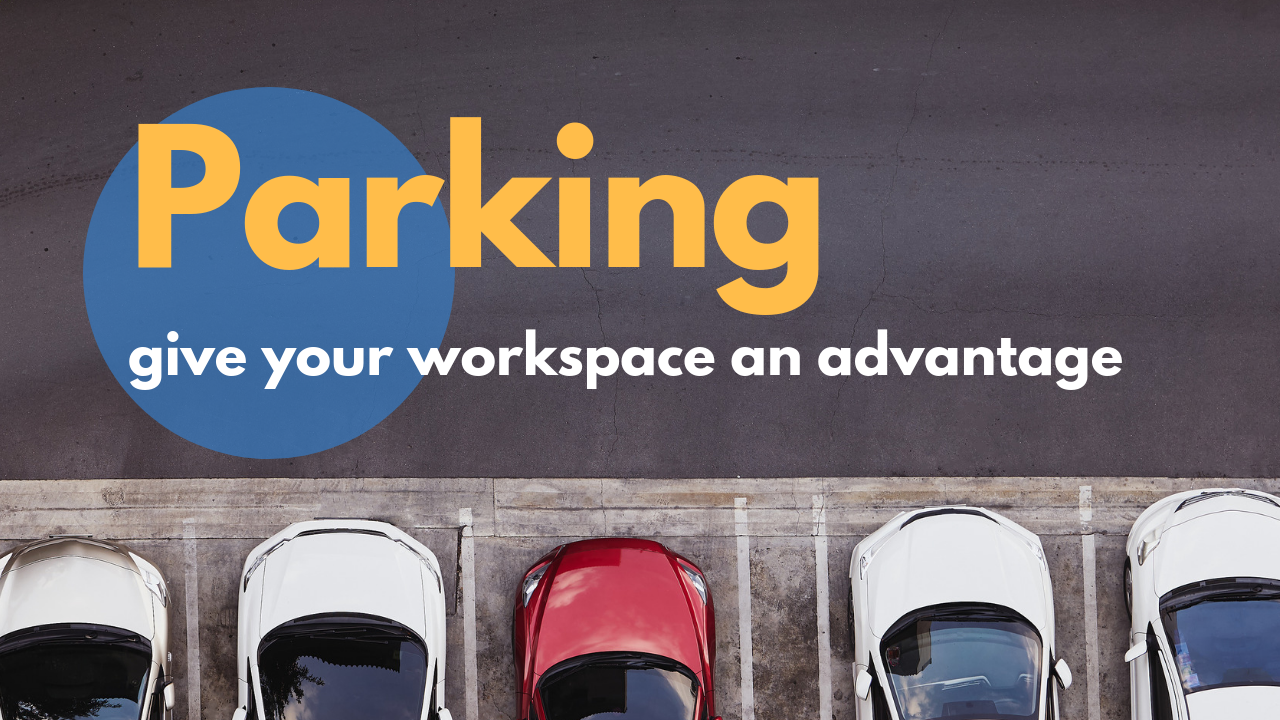- Parking spots and proximity to public transportation is essential for coworking members, particularly digital nomads
- However, CBRE reports that downtown and suburban office markets are facing further parking rationing
- This article discusses the alternative solutions available to coworking operators that don’t have parking facilities
Earlier this year digital nomad, Robert Kropp, shared that when looking for a coworking space in a new city he takes into consideration various factors; among them proximity to public transportation and parking spots.
A recent CBRE report found that “parking rations in both downtown and suburban office markets around the U.S. and Canada are unlikely to see significant change in the next five years, despite increases in ride sharing and the anticipation of autonomous vehicles.”
Ride sharing can greatly impact workplace sustainability and design, yet, before coworking and flexible workspace operators allot parking spots to other uses, it’s important that they look to near-term trends and impact.
According to CBRE, “office parking will stay the same, or even increase, by 2023, as most workers still commute by car. In the same five-year period, parking prices will likely rise”. For their part, flexible workspaces are and will continue to impact parking.
“While many flexible office providers have targeted urban, transit-oriented locations, they also are expanding to the suburbs. With flexible-office users committing to as little as one hour of space usage and with minimal or no advanced booking required, parking needs can be very difficult to determine for just one day, let alone the length of a flexible space provider’s lease.”
The case for offering members parking spots
Even though parking needs have become more difficult to determine, they are still very much an important amenity of any workspace, especially in suburban areas or cities with a less-extensive transit system.
Suggested reading: Is Suburban Coworking the Future of Work?
Coworking operators, as well as corporate occupiers, need to think about ease of commute in order to attract members and talent respectively. CBRE’s report found that “parking ratios and parking costs also were viewed as important factors by occupiers when deciding where to locate in suburban markets.”
This means that coworking and flexible workspace operators should offer parking space for members. While not all members have parking needs, it’s important that they have choice; whether it comes as a package benefit or at an additional cost.
If a workspace’s location doesn’t lend itself to offer parking, operators should think of alternative ways in which to solve this issue.
They can partner with a nearby building or local business that does have parking and negotiate a preferred rate. Or they can take advantage of emerging transportation trends to encourage members to embrace them.
Operators can offer ride-sharing services or partner with a widely used platform to offer discounts or preferred rates for certain routes. In fact, property owners and developers “are (already) creating pick-up and drop-off areas in parking structures or adjacent locations” to accommodate users arriving via ride-sharing services like Lyft and Uber. They are also offering ride-sharing credits to tenants.
“These types of arrangements create an alternative to a traditional car commute, especially in suburban locations unserved or underserved by public transit, and can save money on parking fees in dense urban areas where parking costs are high.”
In the end, what coworking operators need to keep in mind is that professionals today are still widely commuting by car, and they need to be able to cater to that. Even though work preferences and transportation patterns will continue to evolve and impact parking needs, for the time being and the near future, parking remains a valuable add-on to a workplace.
Parking can give your workspace a competitive advantage as it can be a deal breaker or maker when searching for and staying in a flexible workspace.


 Dr. Gleb Tsipursky – The Office Whisperer
Dr. Gleb Tsipursky – The Office Whisperer Nirit Cohen – WorkFutures
Nirit Cohen – WorkFutures Angela Howard – Culture Expert
Angela Howard – Culture Expert Drew Jones – Design & Innovation
Drew Jones – Design & Innovation Jonathan Price – CRE & Flex Expert
Jonathan Price – CRE & Flex Expert












